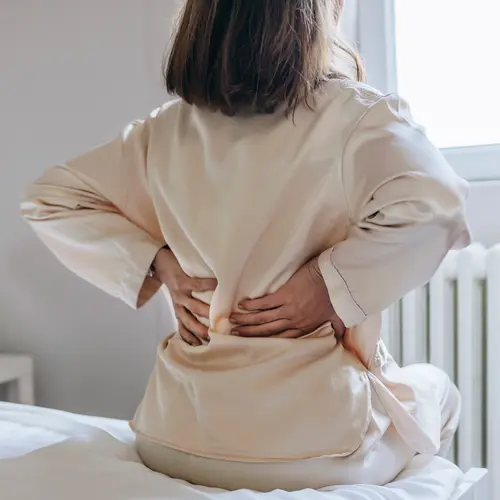The Fracture Risk Assessment Tool, or FRAX, is a free online tool that estimates your risk of having a hip or other major fracture in the next 10 years, especially if you have osteoporosis.
Osteoporosis is a disease that weakens or thins your bones. It usually develops unnoticed over many years until you have a fracture
The other major fractures are your spine, forearm, and shoulder.
How Does FRAX Work?
FRAX is administered by a health care provider and can be used for those who meet certain conditions:
- They have low bone density (osteopenia).
- They are not currently taking osteoporosis medication.
- They are postmenopausal women or men above age 50
For the FRAX score calculator, you’ll have to answer several questions about habits such as alcohol intake and other disorders you may have that are linked to osteoporosis, such as type 1 diabetes.
After your doctor fills in this information, the tool will calculate your FRAX scores. Knowing your 10-year risk for fractures will allow you and your doctor to make decisions about treatment.
If your FRAX score is 3% or more for hip fracture, or 20% or more for other major osteoporosis fractures, you may be at increased risk of fracture. Your doctor may recommend treatment to reduce your fracture risk.
What Tests Are Needed Before Using FRAX?
Your doctor will order a bone density test. It’s a painless, non-invasive scan that measures bone strength in your hip and spine. The test usually takes less than 15 minutes.
Your test result is reported using T-scores. This T-score shows how much your bone density is compared to a healthy 30-year-old adult. The lower your T-score, the lower your bone density.
After your bone density test, your doctor can use the FRAX tool to calculate your FRAX scores and give you an estimate of your 10-year fracture risk. They then will be able to recommend treatment or suggest ways of preventing osteoporosis.
How Accurate is FRAX?
While the FRAX tool can offer accuracy in assessing risk for bone fractures, critics say it underestimates the fracture risk in people who:
- Are at increased risk for falling
- Had recent fractures
- Had multiple osteoporosis-related fractures

